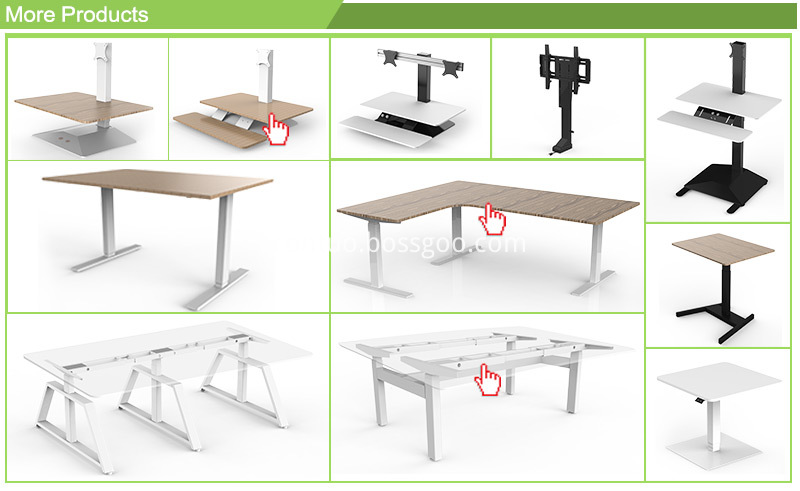Plastic film dry-type compound adhesive edge refers to the phenomenon that the plastic film is coated and glued from drying to heating and drying, and then squeezed by a hot-pressing steel roller, and then rewinding, and the two sides of the rewinding product are stuck together. And this kind of sticking edge failure will often happen. Once sticking occurs, the two ends of the roll material are firmly bonded between the film layers. It is difficult to separate the finished film. The finished film is often deformed and broken, making it a waste product, resulting in waste of resources .
The non-squeegee gluing system adjusts the amount of gluing through the threaded rods at both ends of the gluing roller. The squeegee gluing system adjusts the amount of gluing according to the doctor blade and the anilox roller. The effect of the squeegee gluing system on the amount of glue is the pressure and angle of the squeegee. Low pressure and large amount of glue will cause sticking. In order to prolong the service life of the anilox roller without sticking edges, the angle between the blade and the anilox roller is 35 °.
The effect of the non-squeegee gluing system on the amount of glue is not like the pressure between the glue roller and the anilox roller. The pressure is small, the amount of glue is large, and the amount of glue is small. Because the amount of glue is adjusted by the threaded rods at both ends of the glue roller, the pressure on both ends should be the same during operation, otherwise the glue layer will be thicker and thinner, and the thicker side is prone to sticking after being pressed by the hot roller malfunction.
When the non-squeegee gluing system is used to prevent the occurrence of gluing faults, experienced masters will first compress the threaded rods at both ends of the gluing roller, and then slowly adjust the amount of gluing during operation. The most direct way to check the amount of glue on the rubber roller is to squeeze the rubber roller with your index finger and observe the thickness of the glue at the place where it is squeezed.
The occurrence of sticky edges is also related to the drying temperature of the dryer. The drying system has three sections: evaporation zone, hardening zone and odor elimination zone. The temperature of the evaporation zone is generally controlled at 60-70 ° C, and the temperature of the hardening zone and the odor-exclusion zone is generally controlled at 70-80 ° C. The drying temperature varies with the width and thickness of the composite substrate. The width of the composite substrate becomes wider and the thickness becomes thicker, the temperature should be increased accordingly, otherwise it will produce sticky edges. The width of the composite substrate is also related to the adhesive edge failure. If the width of the printed substrate is greater than the width of the composite substrate, gluing must occur. At the same time, the glue will stick to the hot roller, which seriously affects the quality of the product. The best way to solve this problem is to increase the width of the composite substrate. If it is a BOPP / OPP, OPP / PET composite structure, the solution is to use the printed film as a "composite substrate" for compounding.
In addition to the above factors, it is easy to cause edge adhesion failure, as well as the hardness of the rubber roller will also easily cause edge adhesion failure. After the rubber roller has been used for a long time, the surface lacks elasticity and has a "hardening" phenomenon. After this phenomenon occurs, the glue liquid is likely to overflow out when gluing, and it is easy to produce sticky edges. Solution: Place the rubber roller in the curing room at about 50 ℃ for 1 to 2 hours to restore its surface elasticity, or replace it with a new rubber roller.
The width of the pressure roller has a certain relationship with the fault of sticking edge. The function of the pressure roller is to compact the film and the coating roller to make the coating uniform, without generating bubbles. The width of the pressure roller is generally 0.5mm narrower than the width of the film. If the width is consistent or too large, when the glue is applied, the glue liquid on the rubber roller is squeezed by the hot steel roller, which may easily cause the edge of the finished product to be wound. The solution to this problem is to select a pressure roller that is 0.5 mm narrower than the film width.
There are many factors that cause sticky edges, and the operation must be standardized. Once a sticky edge failure occurs, it should be carefully observed and carefully summarized to prevent this failure from occurring next time.
Electric 2-stage Lifting Column the speed is 20mm/S,more cheaper more than 2-Stage Lifting Column .Can be used on many desk ,like Single Motor Standing Desk, One Leg Standing Desk , Two Legs Standing Desk ,Three Legs Standing Desk, Four Legs Standing Desk . TV Lift / Cart .

2-stage Lifting Column
2-Stage Lifting Column,2 Segments Lifting Column,Mobile Lifting Column,Desk Lifting Column
Shaoxing contuo Transmission Technology Co.,Ltd , https://www.electricdesk.nl